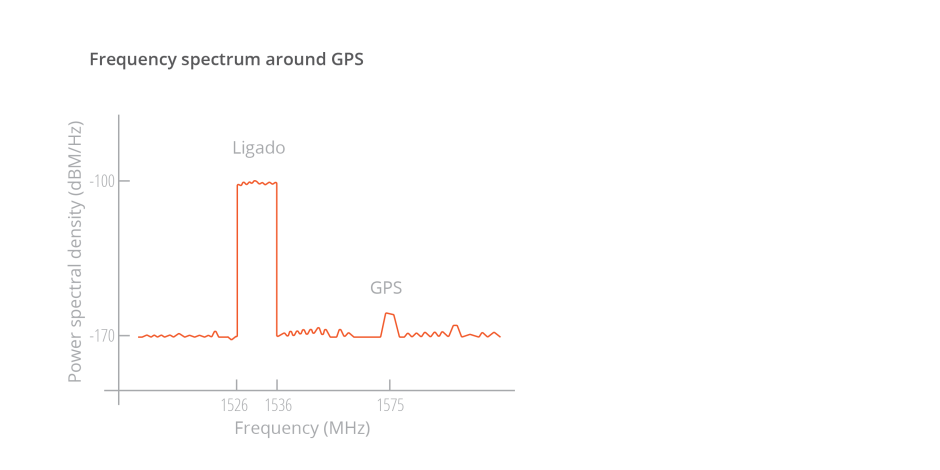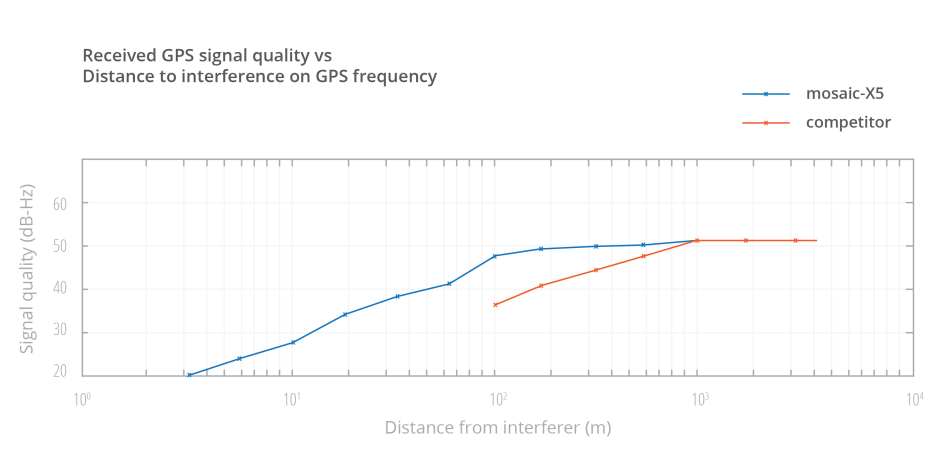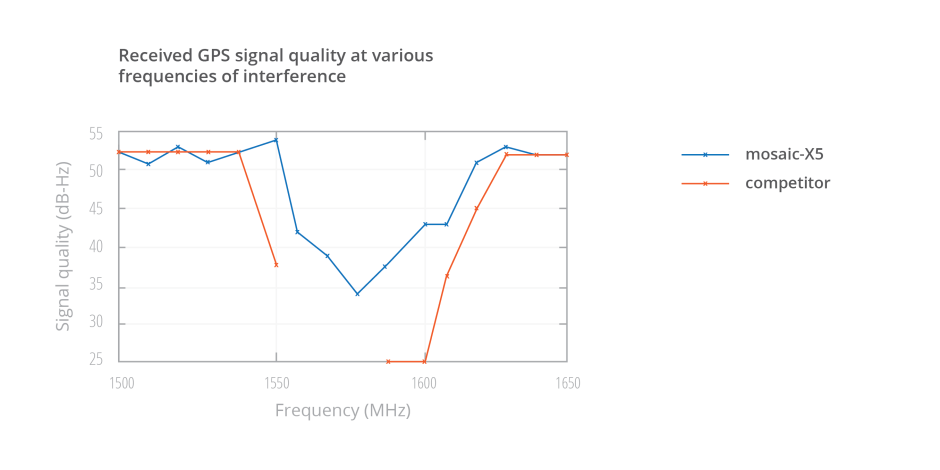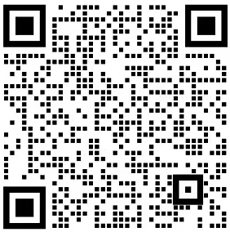Since its approval in April 2020, Ligado Networks has stirred up controversy and a wave of concern which has echoed through the United States Congress, the Department of Defense and many commercial market segments that are dependent on GPS for high accuracy positioning and timing applications. Meanwhile, the Federal Communications Commission (FCC) has stood by their decision that Ligado is safe enough for GPS receivers to continue operating reliably. Where then lies the truth, and can you count on GPS to keep delivering accurate and reliable Positioning, Navigation and Time (PNT)?
Not all GPS/GNSS* receivers are made equal. Selected industrial GPS receivers with sophisticated built-in technology have already proven to be resilient to various kinds of radio interference. Such receivers have been shown to be robust enough to work reliably in conjunction with Ligado. But what actually is Ligado and why is it a concern for those using GPS/GNSS* positioning technology? Ligado Networks is a telecom company which has been granted the right to transmit signals at a frequency close to that of the GPS signals. The concern is that Ligado signals might “drown out” GPS signals, making it very difficult for an unprepared or legacy GPS receiver to calculate accurate positioning. This stems from the fact that GPS signals are broadcast from space and are quite weak by the time they reach the Earth. While Ligado is planning to create a 5G telecom network, broadcasting from a terrestrial source. A GPS receiver is then faced with a challenge of discerning the “quiet” GPS signals from the “l(fā)oud” Ligado.

With Ligado in operation, we can compare GPS signals to a quiet person trying to talk to you at a loud concert. The loud noises nearby are interfering with the quiet whispers of your friend who is trying to tell you something. GPS receivers which have a sophisticated filtering system can discern the useful GPS frequency from the “noises” at nearby frequencies. Advanced Interference Mitigation technology such as Septentrio AIM+ has proven to be an industry benchmark in mitigating the widest variety of interferers ranging from simple narrowband signals to the most complex wideband and pulse jammers. The graph below shows the quality, also know as the signal-to-noise ratio, of the received GPS L1 signal at various distances from a source of interference. During this test the Septentrio mosaic-X5 receiver is being compared to a competitor GPS receiver. The lack of points on the graph indicates loss of signal tracking, which directly affects RTK high-accuracy positioning.

As the graph demonstrates, AIM+ technology makes it possible to receive GPS reliably even at very close distances to sources of interference. The mosaic-X5 can operate 25 times closer to a source of interference or a jammer, than the competitor’s GNSS receiver.
In another test, receiver signal quality was measured during strong interference at various frequencies around the Ligado and GPS frequency bands. The graph below shows received signal quality of mosaic-X5 and a competitor’s GNSS module. Similar to the previous graph, the lack of points indicates loss of signal, affecting RTK positioning.

The graph shows that mosaic-X5 continues to deliver RTK even at varying interference frequencies around the Ligado and GPS frequency bands. The competitor GNSS receiver stops tracking or shows significant signal quality degradation around the GPS band. AIM+ technology built into mosaic-X5 ensures robust operation and maximum availability in any environment, a requirement of many mission critical applications.
Ligado is not the first telecom company which is posing a challenge for GPS receivers. Japanese telecom giant NTT Docomo’s 4G signals have been transmitting for years close to the GPS frequency, in a very similar way to how Ligado operates in the US. Septentrio receivers, installed across Japan, have proven to work robustly despite interference coming from telecom towers of NTT Docomo. High-performance receivers ensure not only accurate positioning in the presence of RF interference, but also high availability in difficult environment, such as near high buildings or under foliage. Multiple protection layers built into the receiver ensures resilient operation suitable for critical applications requiring Assured PNT.
* Global Navigation Satellite System including the American GPS, European Galileo, Russian GLONASS, Chinese BeiDou, Japan’s QZSS and India’s NavIC broadcast positioning information to receivers which use it to calculate their position.
電話: 025-85577685
地址:南京市江寧開發(fā)區(qū)誠信大道990號優(yōu)尚天地3棟417室
企業(yè)微信
